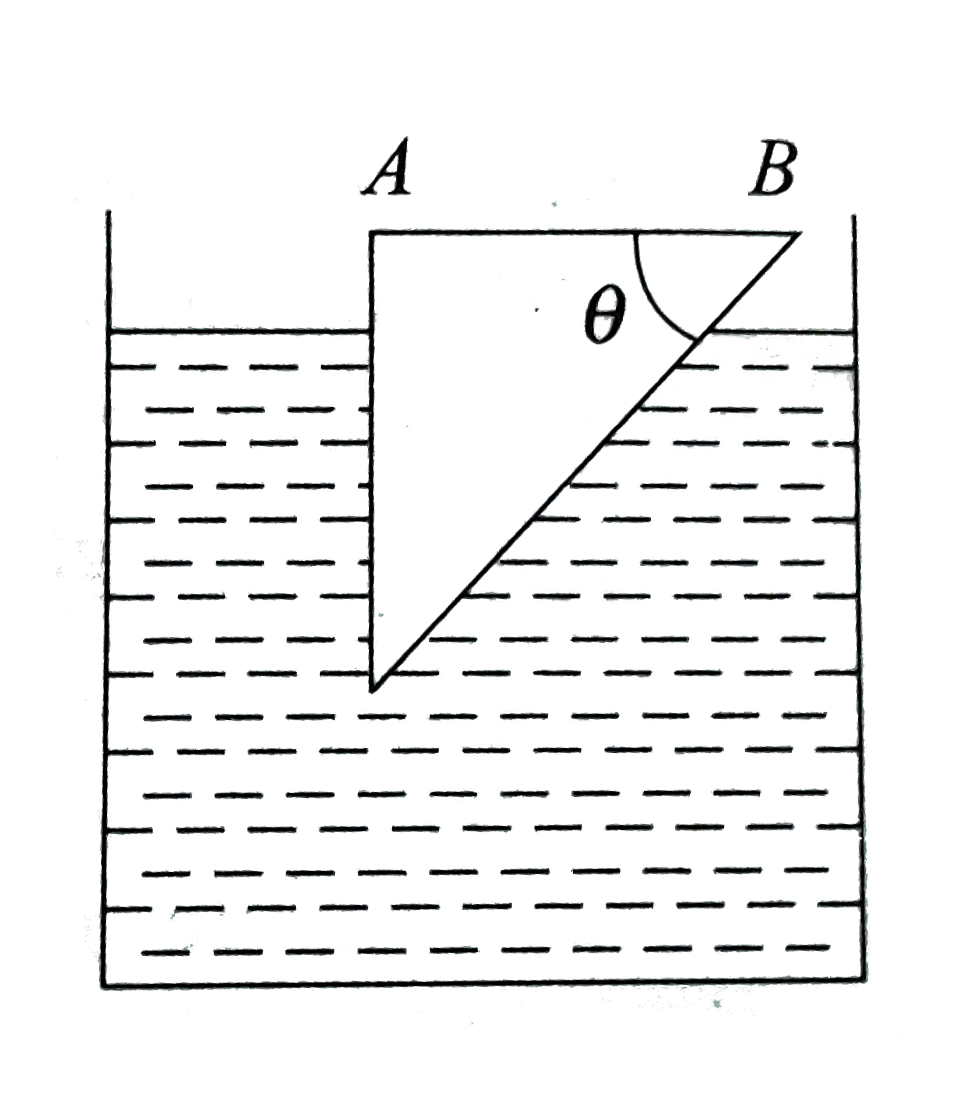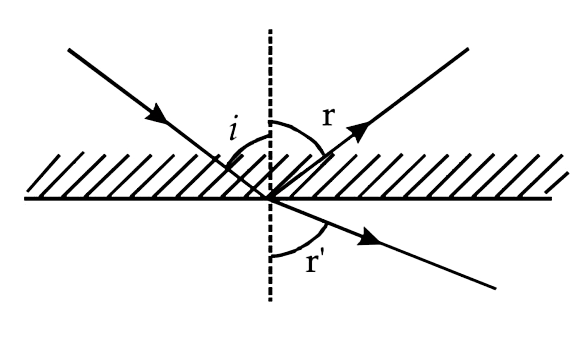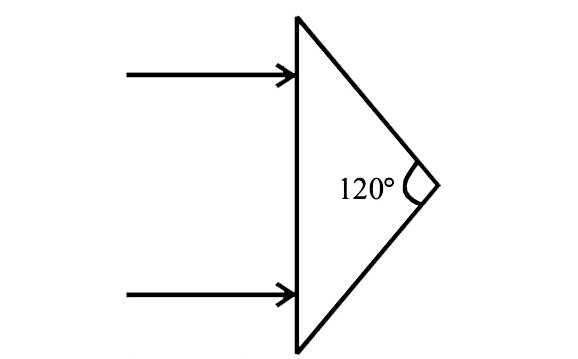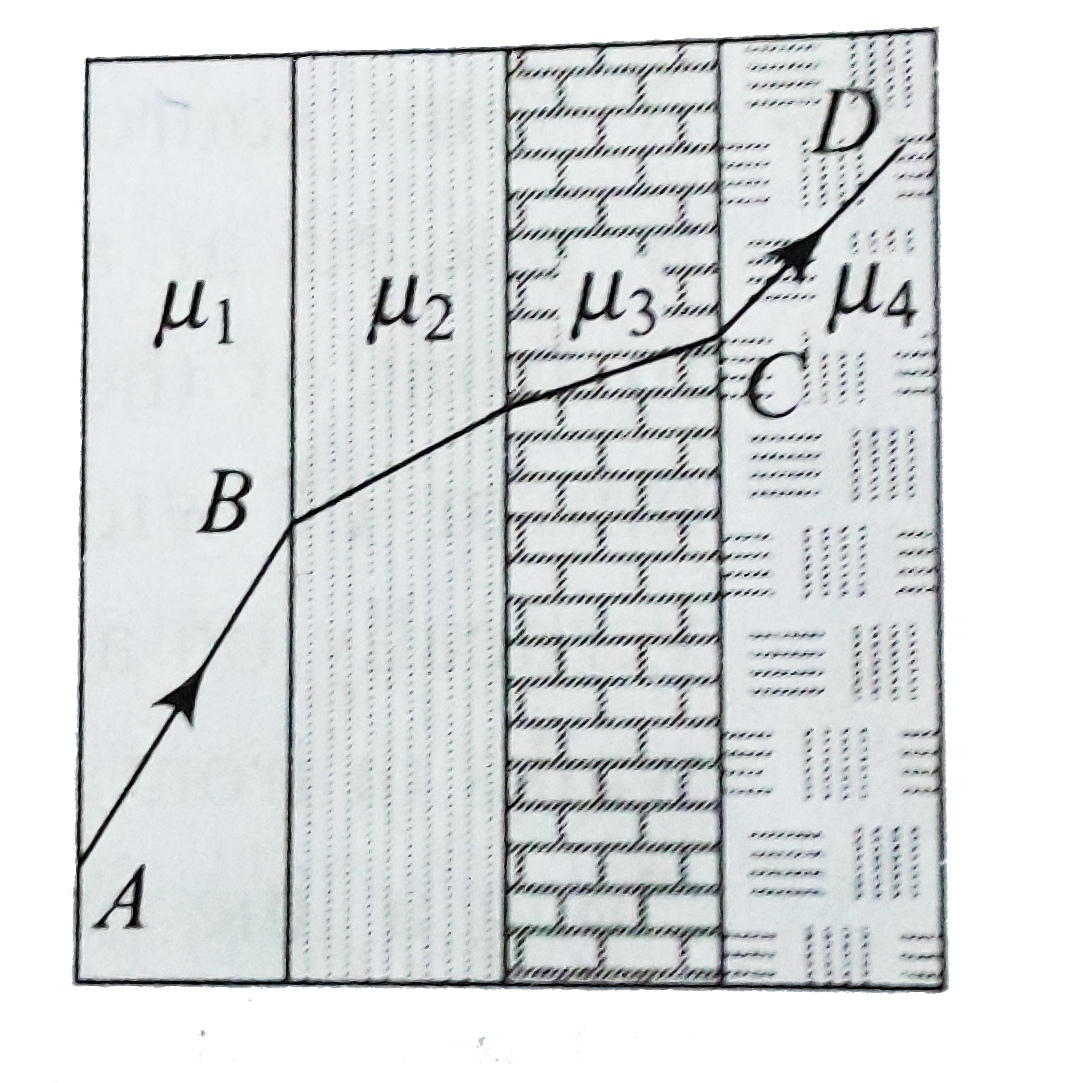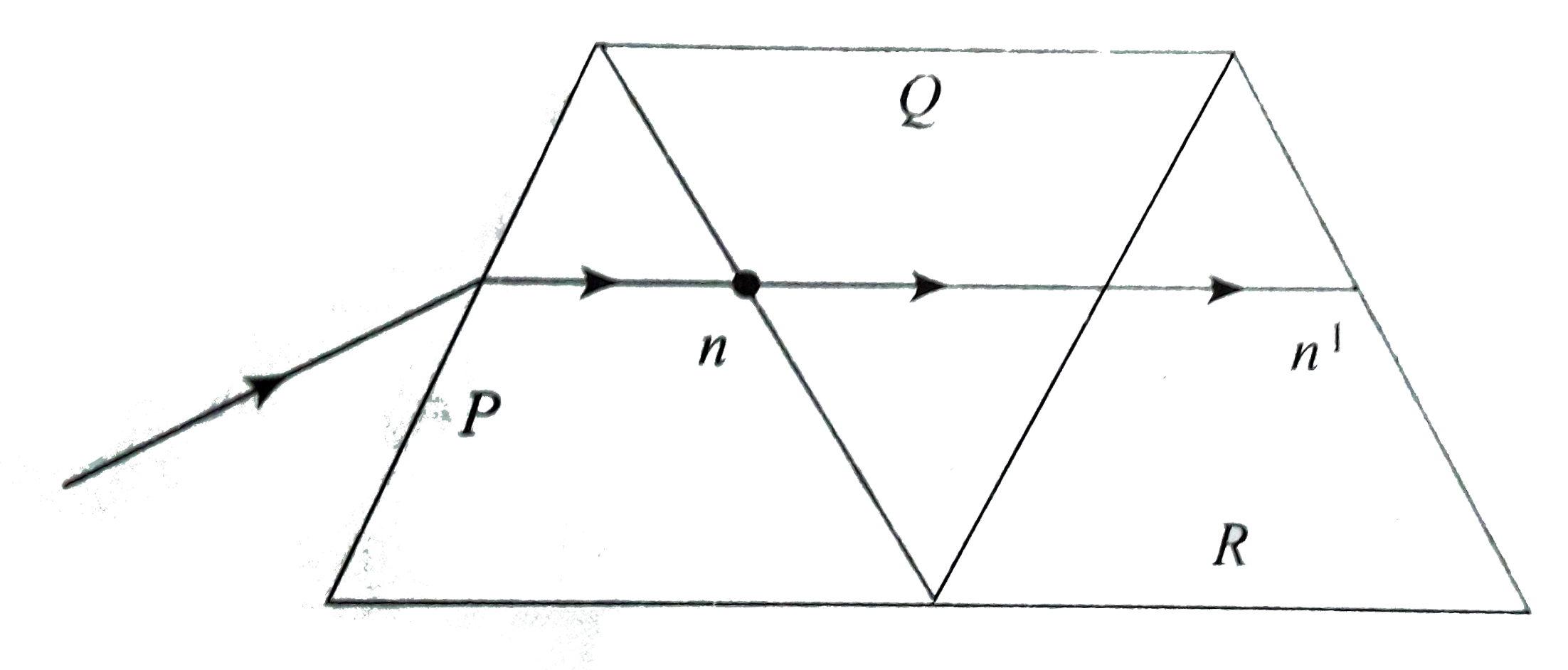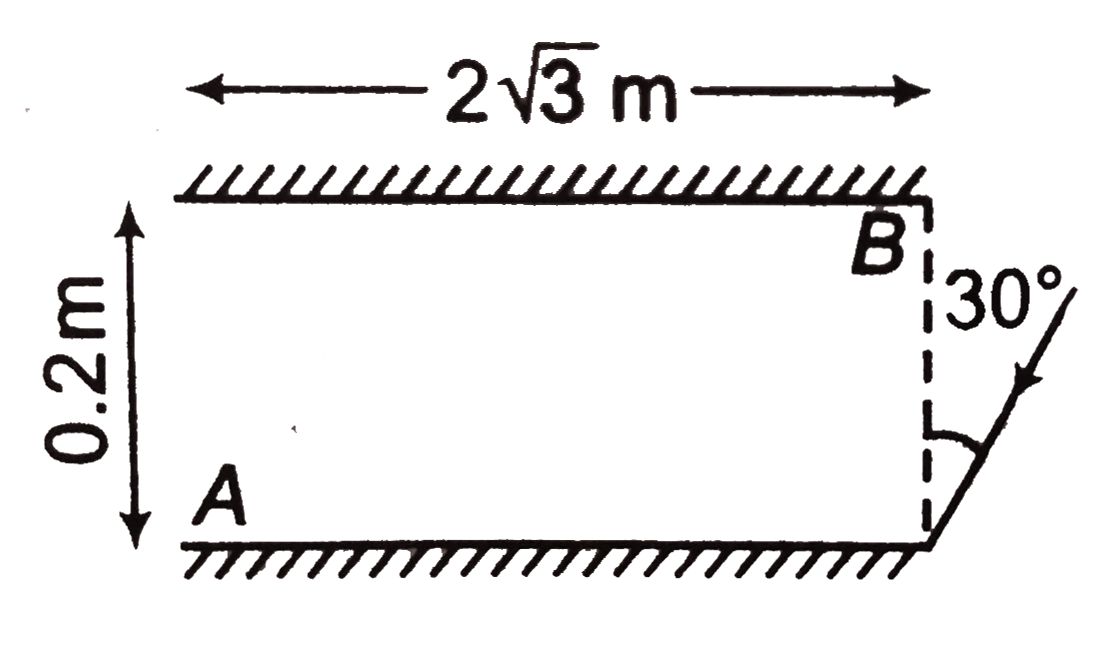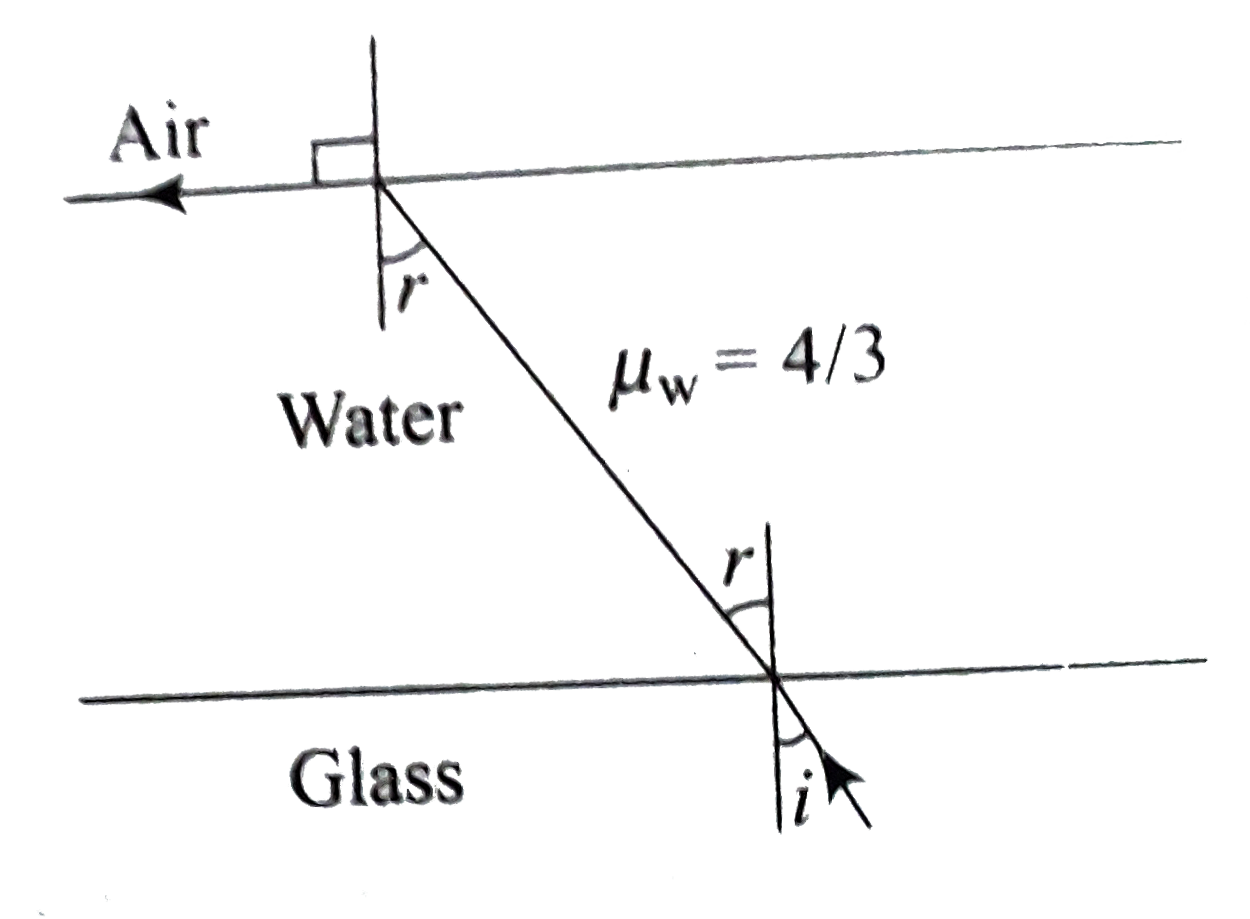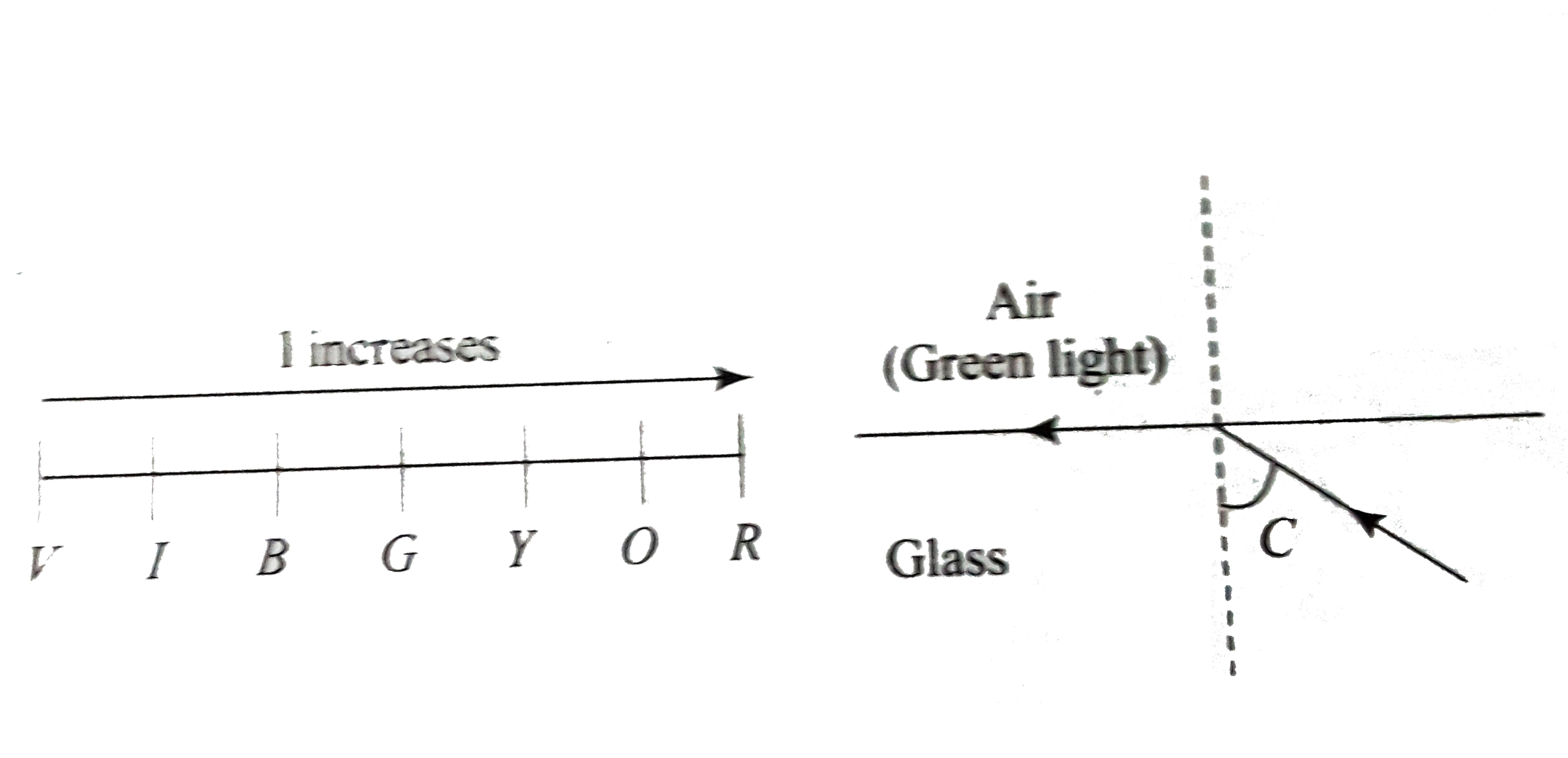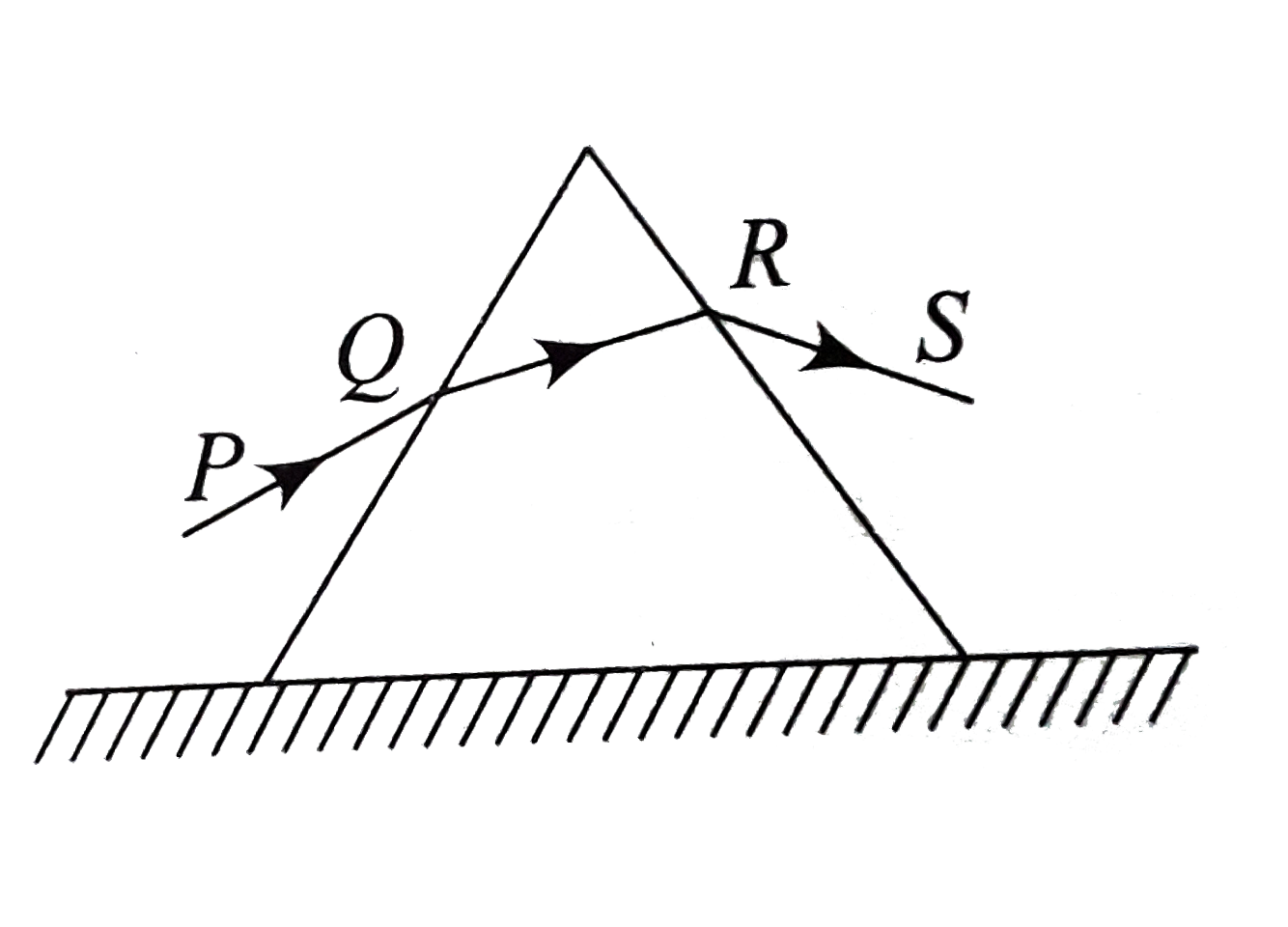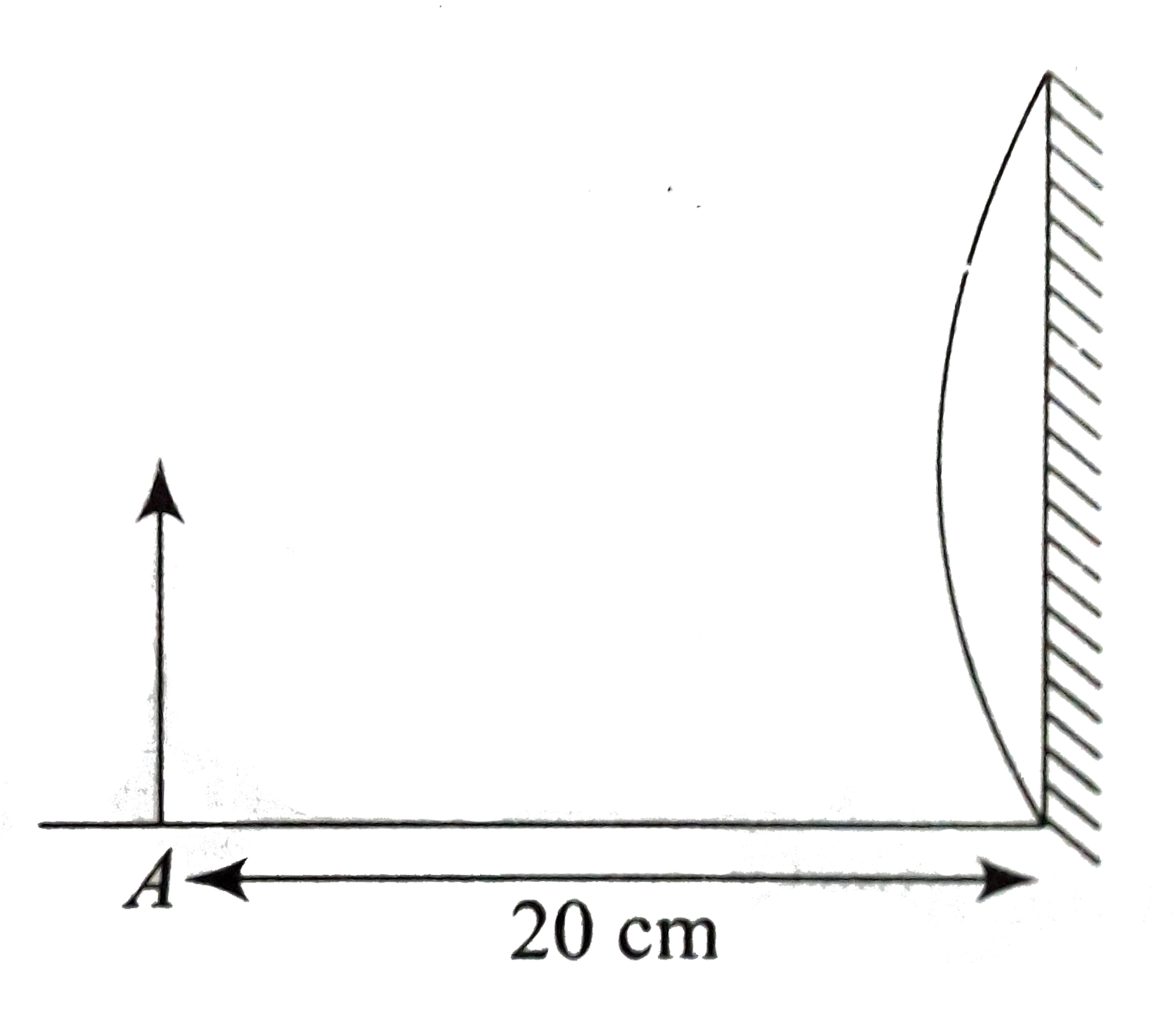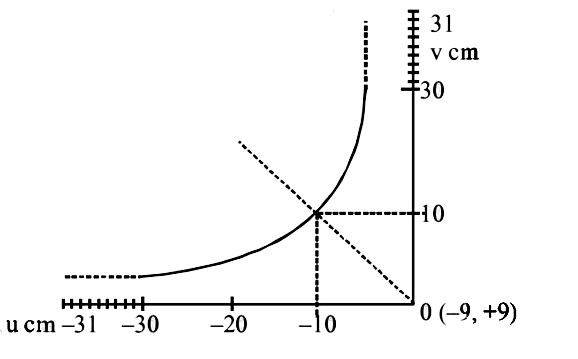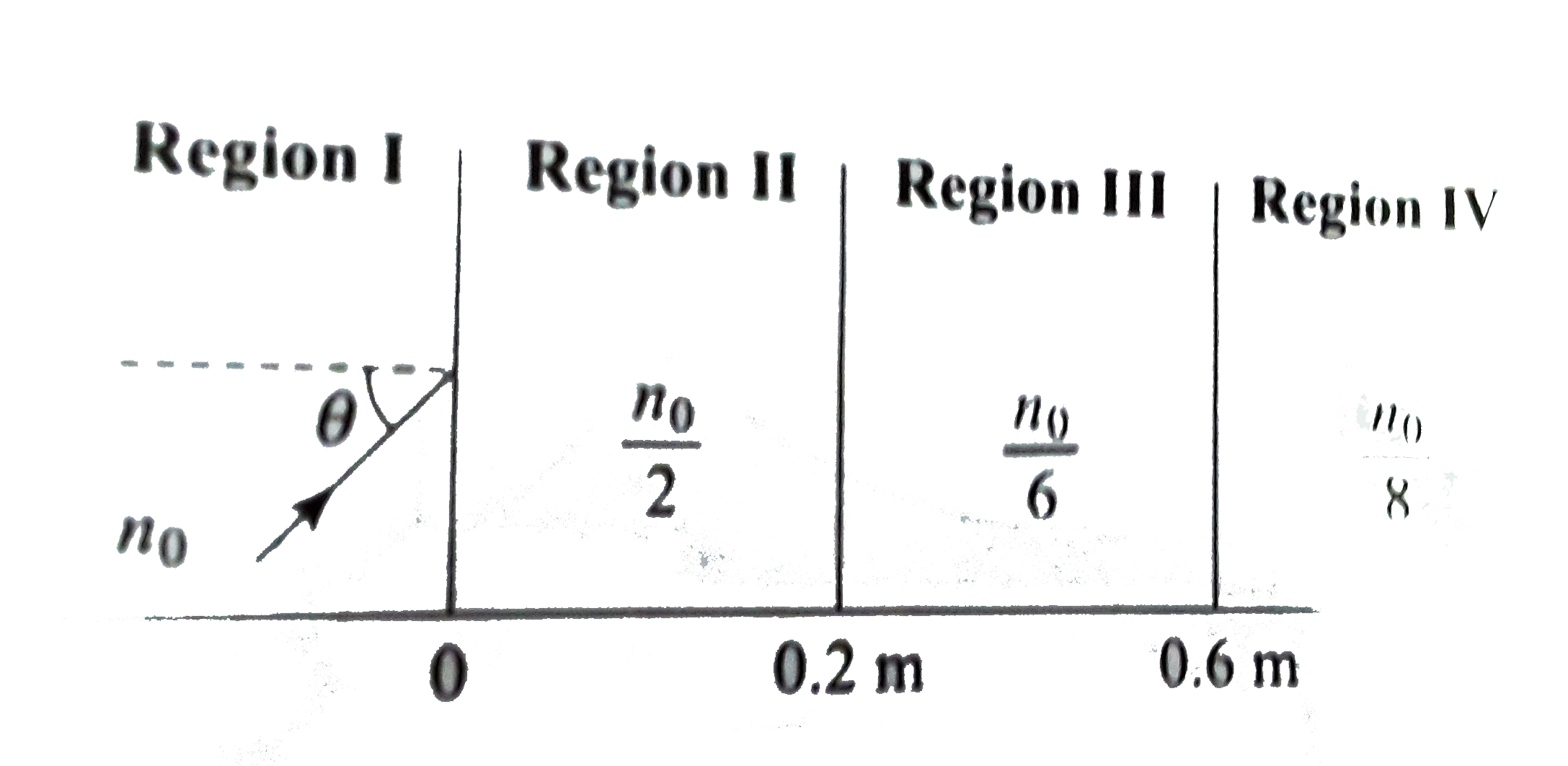Single Correct Answer Type from CENGAGE PHYSICS (ENGLISH) Chapter 13 GEOMETRICAL OPTICS for Class 12
| Class 12 | PHYSICS |
| Chapter | GEOMETRICAL OPTICS |
| CENGAGE PHYSICS (ENGLISH) | Single Correct Answer Type |
| Medium | English |
| Academic Year | 2023-2024 |
Question 10
Two thin convex lenses of focal lengths f1 and f2 are separated by a horizontal distance d(d<f1 and d<f2) and their centers are displaced by a vertical separation as shown in the figure. A parallel beam of rays coming from left. Take the origin of coordinates O at the center of first lens.
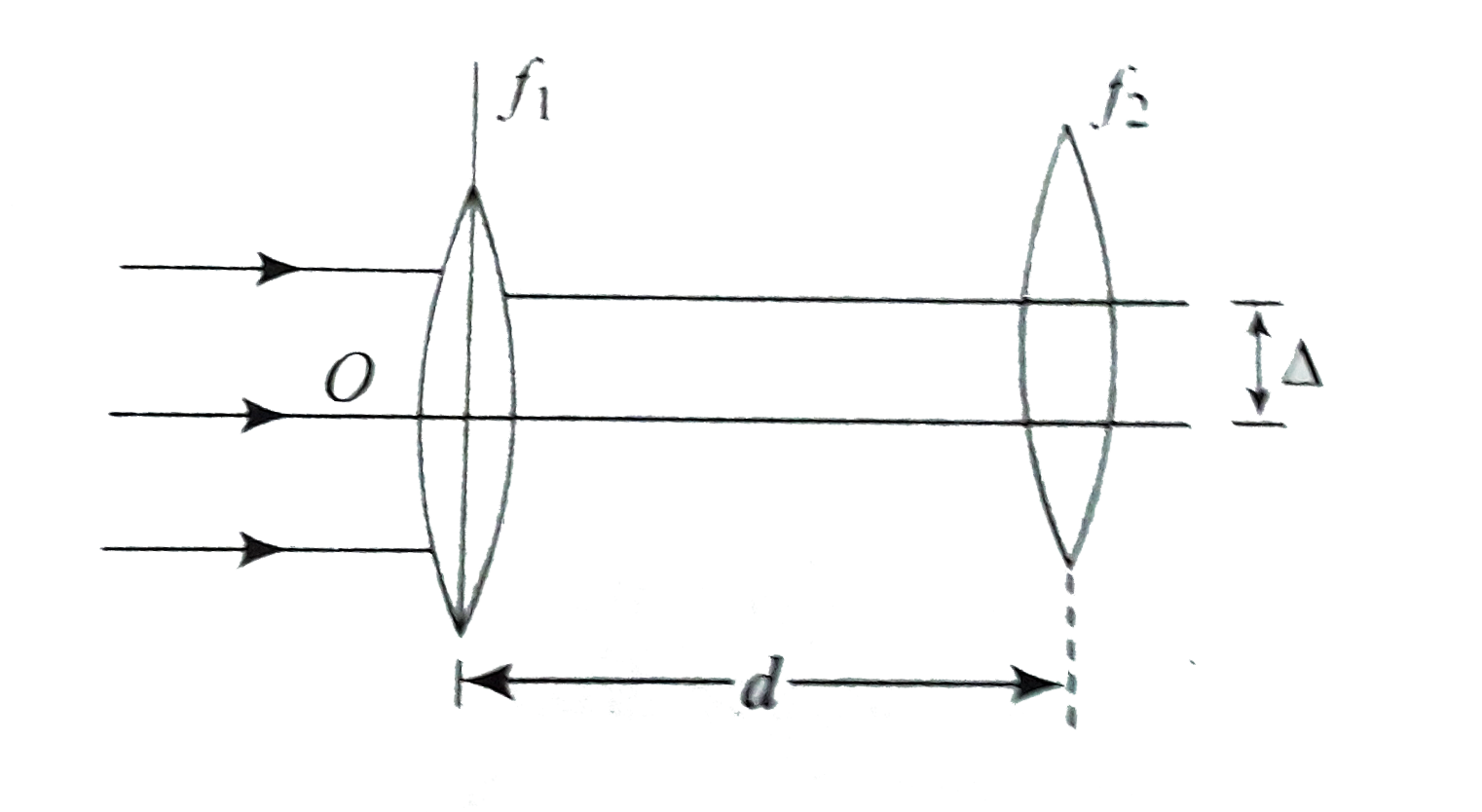
Q. Find the y-coordinate of the focal point of this lens system. View SolutionQuestion 15
The focal lengths of the objective and the eyepiece of a compound microscope are 2.0cm and 3.0cm, respectively. The distance between the objective and the eyepiece is 15.0cm. Th final image formed by the eyepiece is at infinity. The two lenses are thin. The distance, in cm, of the object and the image produced by the objective, mesured from the objective lens, are respectively. View SolutionQuestion 18
A concave mirror is placed on a horizontal table with its axis directed vertically upward. Let O be the pole of the mirror C its center of curvature and F is the focus. A point object is placed at C. It has a real image, also located at C. If the mirror is now filled with water, the image will be View SolutionQuestion 19
A spherical surface of radius of curvature R separates air (refractive index 1.0) from glass (refractive index 1.5). The center of curvature is in the glass. A point object P placed in air is found to have a real image Q in the glass. The ling PQ cuts the surface at a point O, and PO=OQ. The distance PO is equal to View SolutionQuestion 22
A point source of light S, placed at a
distance L in front of the centre of a mirror of width d,
hangs vertically on a wall. A man walks in front of the
mirror along a line parallel to th mirror at a distane
2L form it as shown.The greatest distance over which
he can see the image of the light source in the mirror is
(a) d/2 (b) d (c) 2d (d) 3 d.
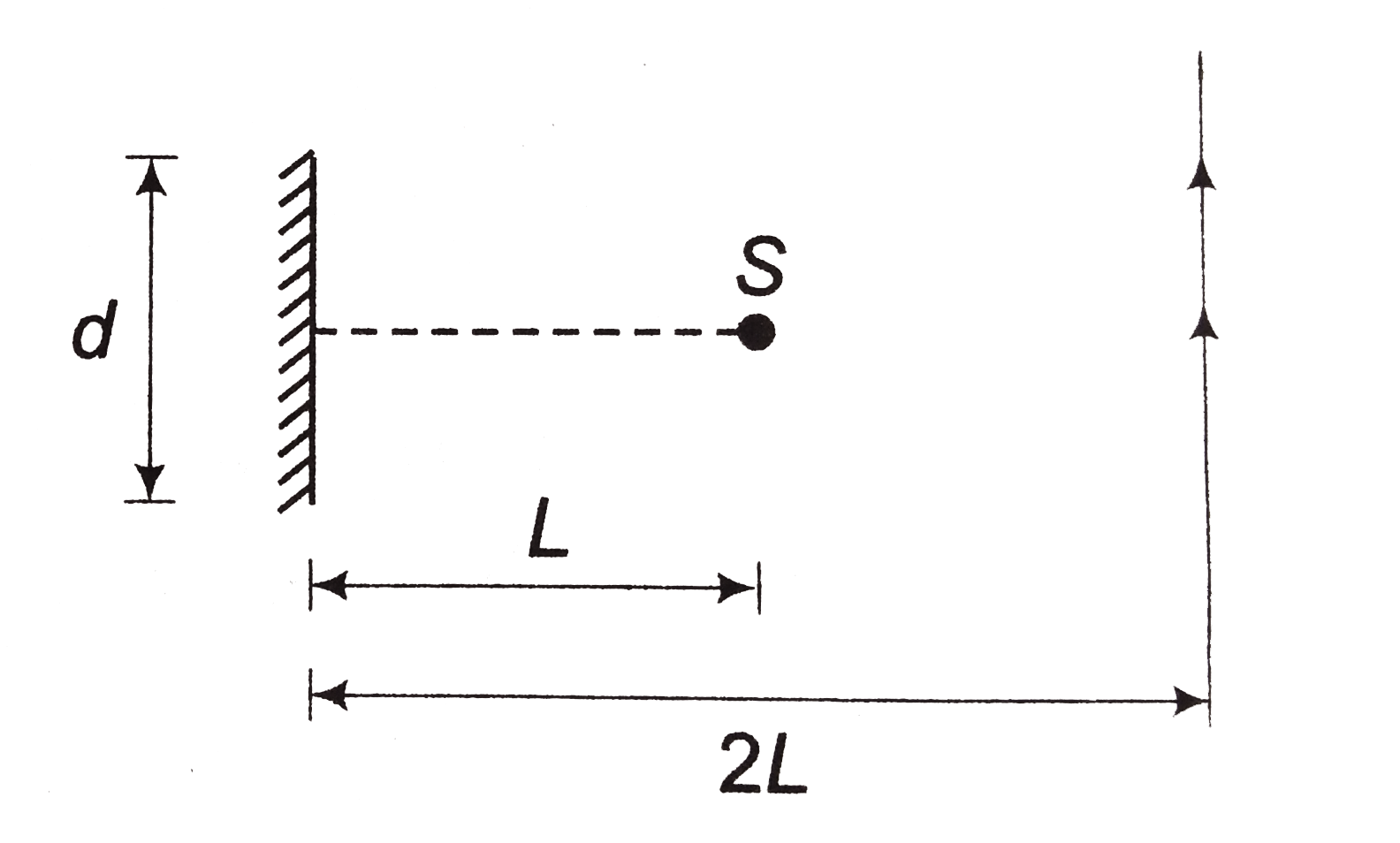 View Solution
View SolutionQuestion 23
A diverging beam of light from a point source S having divergence angle α, falls symmetrically on a glass slab as shown in the figure. The angles of incidence of the two extreme rays are equal. If the thickness of the glass slab is t and the refractive index n, then the divergence angle of the emergent beam is
 View Solution
View SolutionQuestion 24
A rectangular slab ABCD, of refractive index n1 , is immersed in water of refractive index n2(n1<n2). A ray of light is incident at the surface AB of the slab as shown in Fig. Find the maximum value of angle of incidence αmax, such that the ray comes out only from the other surface CD.
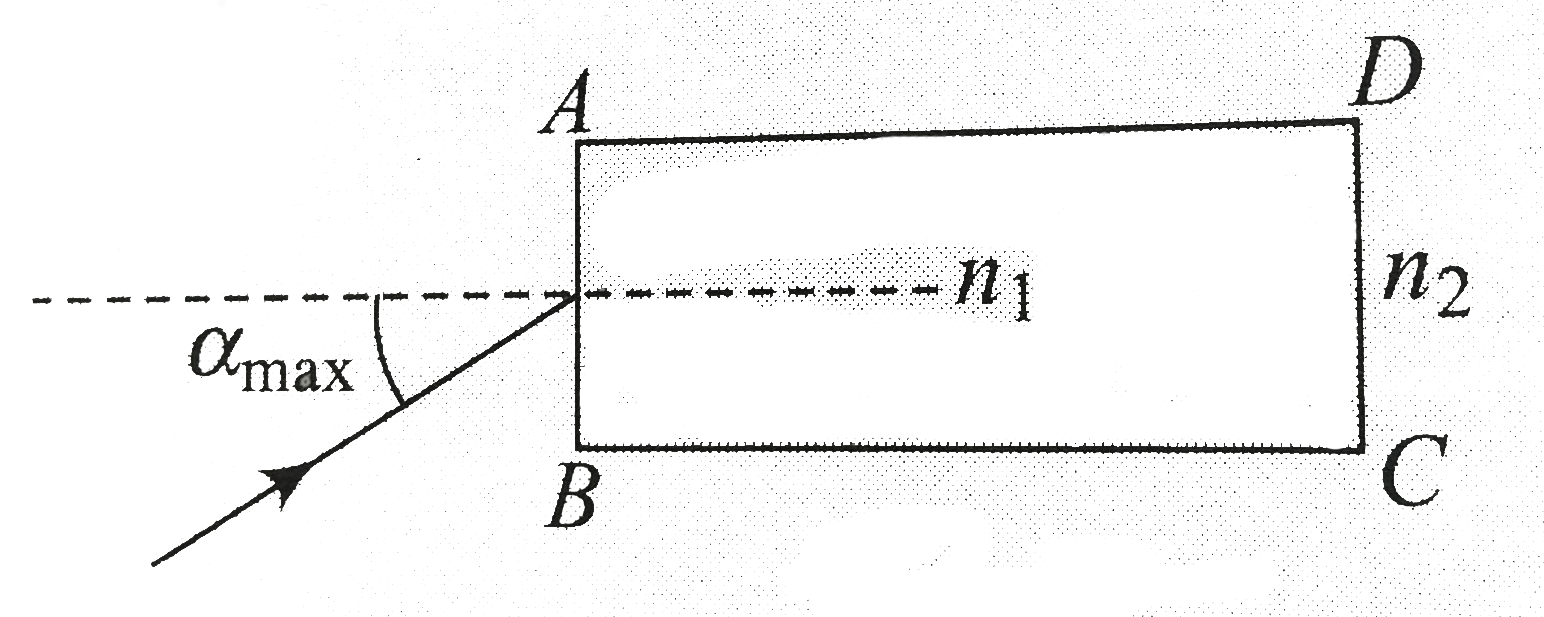 View Solution
View SolutionQuestion 28
An observer can see through a pin-hole the top end of a thin<br> rod of height h,placed as shown in the figure. The beaker height is 3h and its radius h. When the beaker is filled with a liquid up to a height 2h, he can see the lower end of the rod. Then, the refractive index of the liquid is

(a) 52 , (b) √52 , (c) √32 , (d) 32View SolutionQuestion 31
The size of the image of an object, which is at infinity, as formed by a convex lens of focal length 30 cm is 2 cm. If a concave lens of focal length 20 cm is placed between the convax lens and the image at a distance of 26 cm from the convex lens, calculate the new size of the image.View SolutionQuestion 42
In an experiment to determine the focal length (f) of a concave mirror by the u−v method, a student places the object pin A on the principal axis at a distance x from the pole P. The student looks at the pin and its inverted image from a distance keeping his/her eye in line with PA. When the student shifts his/her eye towards left, the image appears to the right of the object pin. Then,View SolutionQuestion 46
A ball is dropped from a height of 20m above the surface of water in a lake. The refractive index of water is 4/3. A fish inside the lake , in the line fall of the ball, is looking at the ball. At an instant when the balll is 12.8m above the water surface, the fish sees the speed of ball as . View SolutionQuestion 48
A bi-convex lens is formed with two thin plano-convex lenses as shown in the figure. Refreactive index n of the first lens is 1.5 and that of the second lens is 1.2. Both the curved surface are of the same radius of curvature R = 14 cm. For this bi-convex lens, for an object distance of 40 cm, the image distance will be
 View Solution
View Solution
